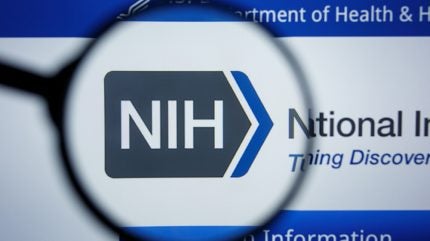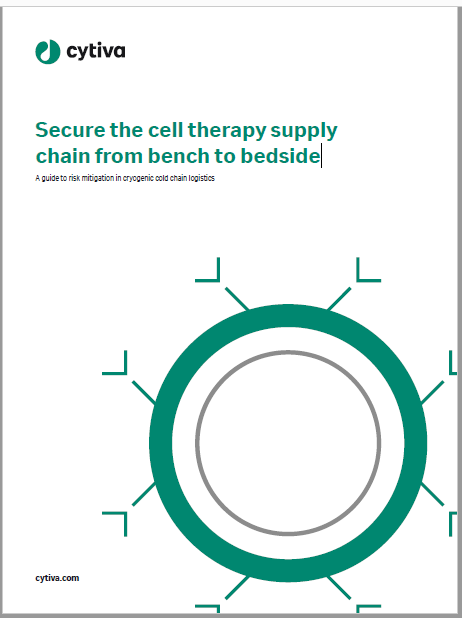
A first-in-human clinical trial investigating the gene therapy scAAV9/JeT-GAN has shown safety and clinical benefit for patients with giant axonal neuropathy (GAN), a rare and fatal disease that begins in early childhood.
The Phase I trial (NCT02362438), led by the National Institutes of Health (NIH) has followed 14 children with GAN for six years, aged six to 14 years, who were treated with gene transfer therapy at the NIH Clinical Centre to assess the safety of scAAV9/JeT-GAN. One serious adverse event, a fever, was potentially linked to the gene therapy. However, the two oldest patients on the lowest doses died during the study period, due to events related to the underlying disease.
scAAV9/JeT-GAN or TSHA-120 is a gene therapy licensed by Taysha Gene Therapies from Astellas Pharma in 2022. In September 2023, Taysha Gene Therapies discontinued its development for GAN, following a Type C meeting with the US Food and Drug Administration (FDA). Ahead of the meeting, the FDA requested adjustments to the trial design, with Taysha ultimately deciding to pursue external strategic options for the therapy. There is currently no cure or treatment to stop the disorder from progressing.
While Taysha is listed as a sponsor for the study on ClinicalTrials.gov, it was conducted at the NIH headquarters in Bethesda, Maryland, and the latest results were published in a New England Journal of Medicine research paper on 21 March.
In the study, participants received a single dose into their spine, marking the first time a gene therapy had been administered directly into the spinal fluid, according to the NIH. Four dose levels were assessed throughout the trial. With increasing dose levels, the probability of any slowing of motor decline was 44%, 92%, 99%, and 90%, respectively.
GAN is a rare neurodegenerative disease that affects the nervous system, due to abnormally large and dysfunctional axons, which are the nerve cell fibres responsible for transmitting signals between the brain and the rest of the body. Symptoms include muscle weakness, difficulty walking, sensory loss, and progressive neurological deterioration. The scAAV9/JeT-GAN gene therapy uses a modified virus to deliver functional copies of the defective GAN gene to nerve cells in the body.

US Tariffs are shifting - will you react or anticipate?
Don’t let policy changes catch you off guard. Stay proactive with real-time data and expert analysis.
By GlobalDataThe scAAV9/JeT-GAN therapy will continue to be evaluated by NIH scientists, with investigators planning to test the effectiveness of the GAN gene transfer in younger children or those in earlier stages of the disease.
Results from the study show that sensory nerves, which are affected earliest in GAN, started “waking up” again in some of the patients, said senior author and chief of the Neuromuscular and Neurogenetic Disorders of Childhood Section, Dr Carsten Bonnemann in the 20 March press release.
“I think it marks the first time it has been shown that a sensory nerve affected in a genetic degenerative disease can actually be rescued with a gene therapy such as this,” added Bonnemann.




